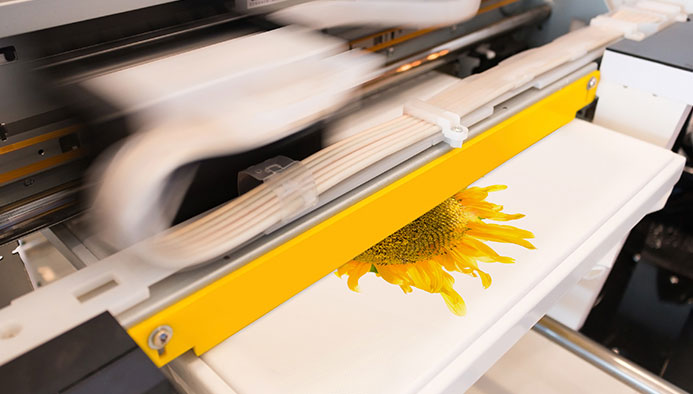This is according to a new study by Quocirca, which quizzed 575 organisations of all sizes across Europe and the US about the future of the office print market. It delivers a powerful insight into how the workplace will evolve over the next seven years and identifies the transformative trends that lie ahead.
The picture it reveals is mixed, characterised by optimism and apprehension. It underscores the realisation of print manufacturers and service providers that to thrive in a world that is digital first, paper second, they need to adapt — quick.
Growth And Disruption - But Who's Ready
The good news is that print isn’t going anywhere. Our last article looked at why that might be, but in brief, it’s because of a continuing preference for the printed page in certain situations. As a consequence, Global Print 2025 reveals that 60% of print industry executives feel positive about future revenue growth. Meanwhile, 64% of end users believe that printing will still be important to their daily business by 2025.
Still, there is a clear awareness among industry executives that digital disruption is coming; 71% predict big changes to their business models as a result of external forces. The 2025 workplace will be one in which more than half the employees will work remotely, with millennials comprising 75% of the workforce. While print will remain in certain forms, millennials’ comfort with screens and digital-only processes will see the importance of the printed page continue to diminish. Streamlined, fully automated, paperless workflows will become the norm.
The problem is, Quocirca’s survey also revealed that only 39% of industry execs feel prepared to respond to these disruptions. 74% cite moving from a product-centric model to a service-centric one as one of their biggest challenges, while 69% are concerned about meeting the demands of a millennial-dominated workforce.
Corporate inertia, stagnant leadership and a conservative attitude to risk and innovation are part of the reason why many in the office print sector are not ready. The message of transformation has not yet permeated all levels and many print leaders have got complacent. Still, the extraordinarily rapid rate of change means that they don’t have long to catch up.
Throwing Caution To The Wind
The time for being cautious is over. Companies that are unwilling or unable to adapt to the digital transformation era are likely to become irrelevant in the coming years. Meanwhile, the ones that look at strengthening competencies and developing new revenue streams are much more likely to succeed. Global Print 2025 reveals how certain key players are disrupting the market from within by reinventing their business models and changing their corporate cultures.
But innovation, while crucial, does not come naturally to everyone. 64% of manufacturers recognise the need to innovate in a disruptive environment, but 80% cite fostering an innovative culture as their biggest challenge between now and 2025.
What makes it doubly difficult for established players to innovate is the uncertainty that surrounds the industry. Nobody knows exactly what is coming next, or where the industry is headed. Some talk of more managed print services (MPS), while others talk of shifting business models away from print and offering more digital document and data management solutions.
What is clear, however, is that whatever the future holds, office print vendors have to be agile, open, and eager to evolve if they want to be thriving by 2025.
To explore the findings of the Global Print 2025 Study, please visit www.print2025.com.





